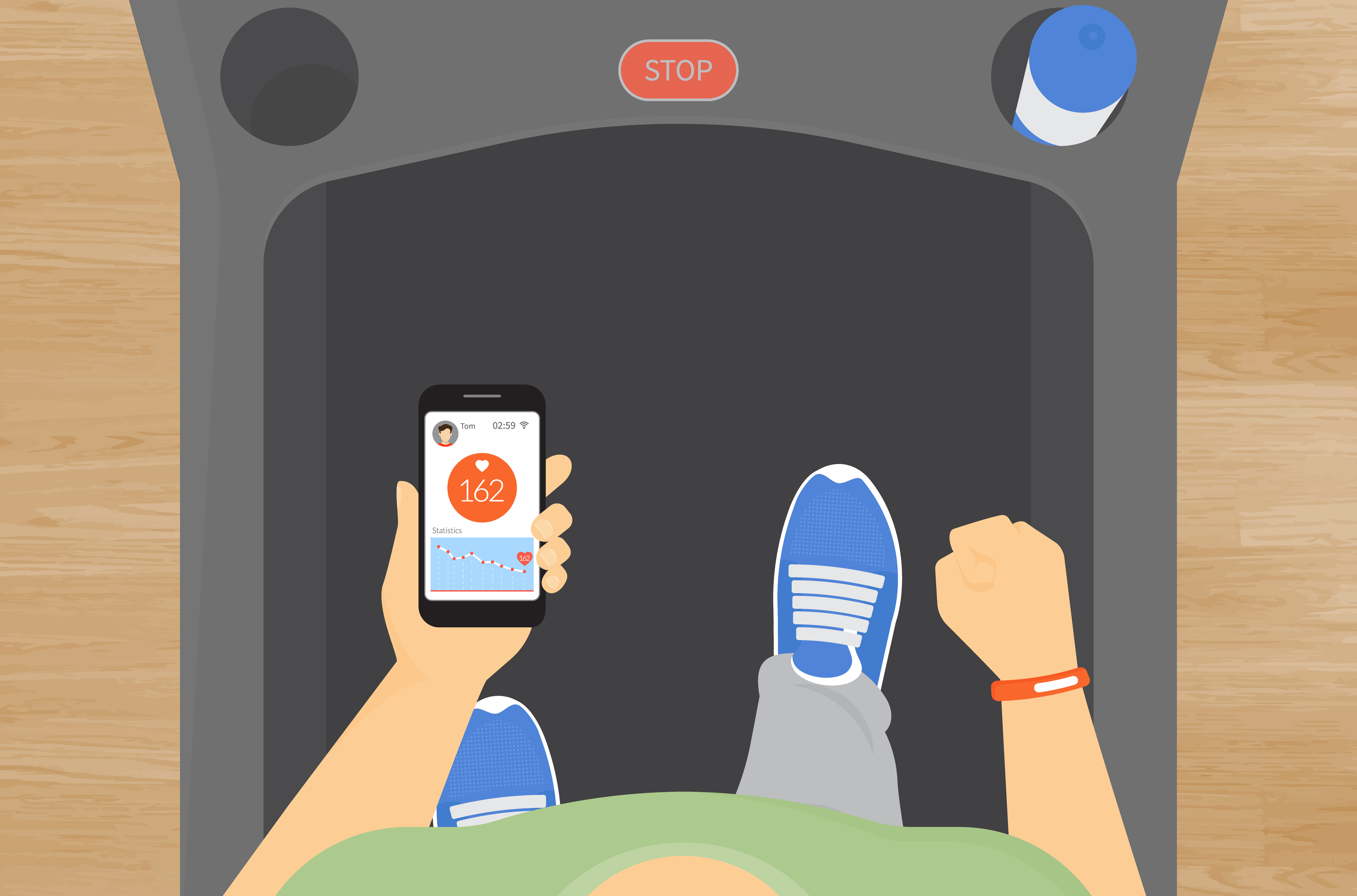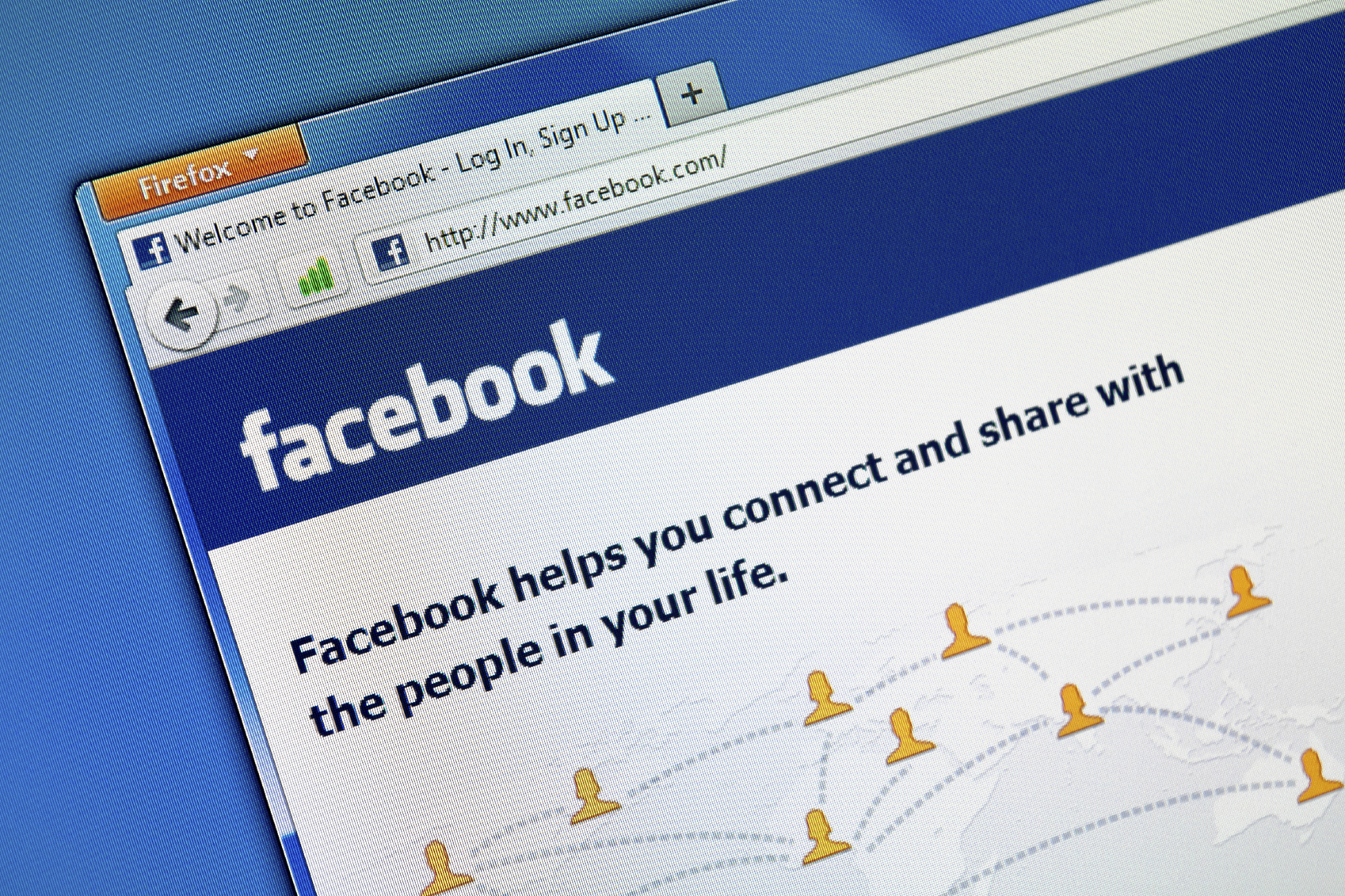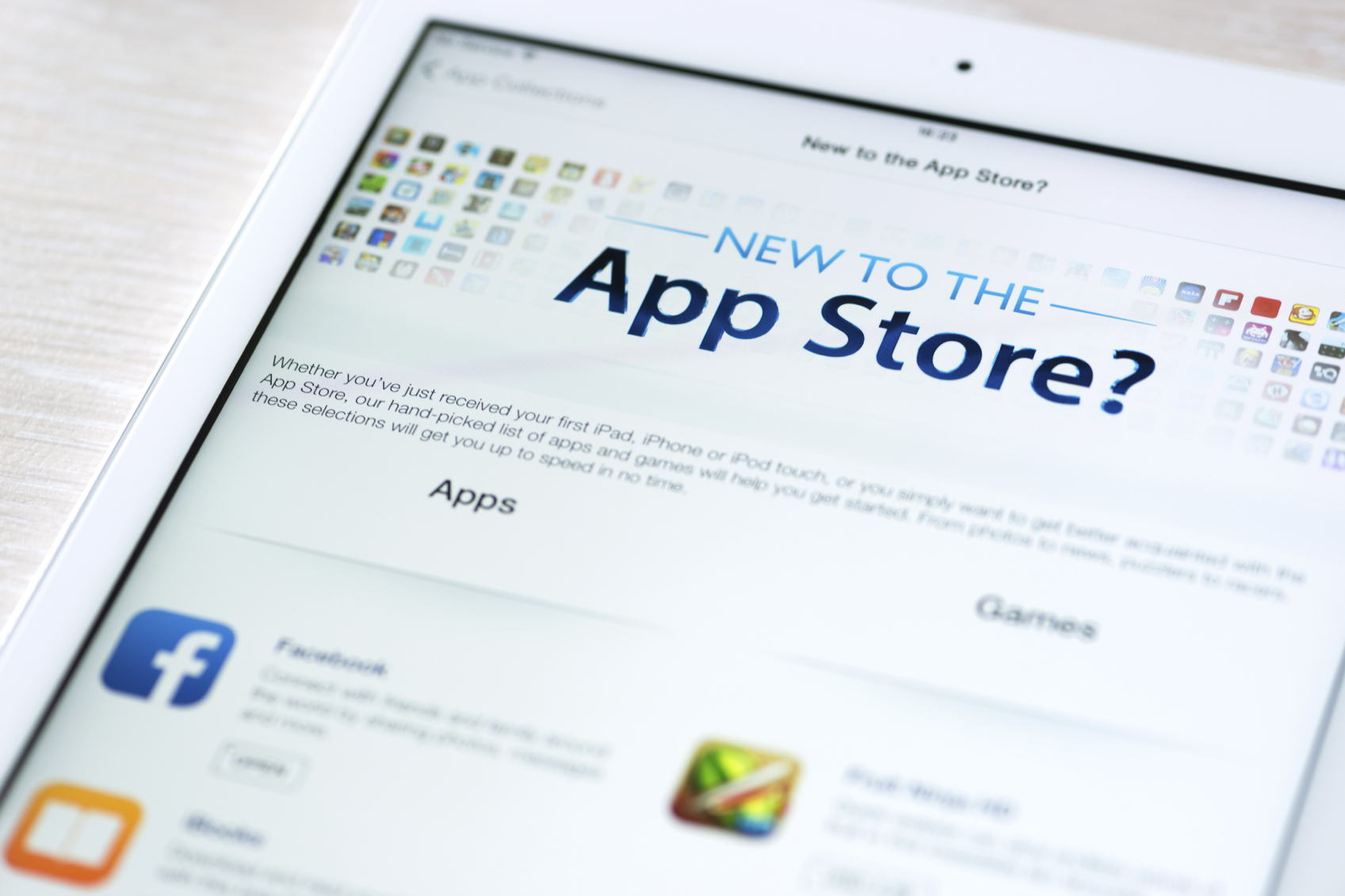What Happened
CSS, one of Switzerland’s biggest health insurers, is testing a pilot program to incentivize or, depending on your perspective, penalize its customers based on fitness data. Launched in July, the program tracks the movements of 2,000 volunteers on a daily basis using digital pedometers. The goal is to better calibrate insurance rates based on individual data. Currently, the monitoring can only legally be used on supplementary insurance, but the company reportedly would like to expand it as part of the Switzerland’s mandatory basic coverage.
What Brands Should Do
Fitness trackers and the quantified self movement have grown in tandem, which in turn, generate a vast amount of health data that the healthcare industry can use to improve their service. In fact, CSS is not the first insurance company to utilize fitness data: Oscar Insurance launched a similar test program in the US last year. The company gave away Misfit fitness trackers and rewarded users with Amazon gift cards based on their personal stats. Besides insurers, more healthcare companies should figure out how, within legal bounds, to incorporate fitness data into their incentive programs or even penalization, in order to provide more personalized and calibrated services, understand their customers, and manage risks.
Source: Quartz










